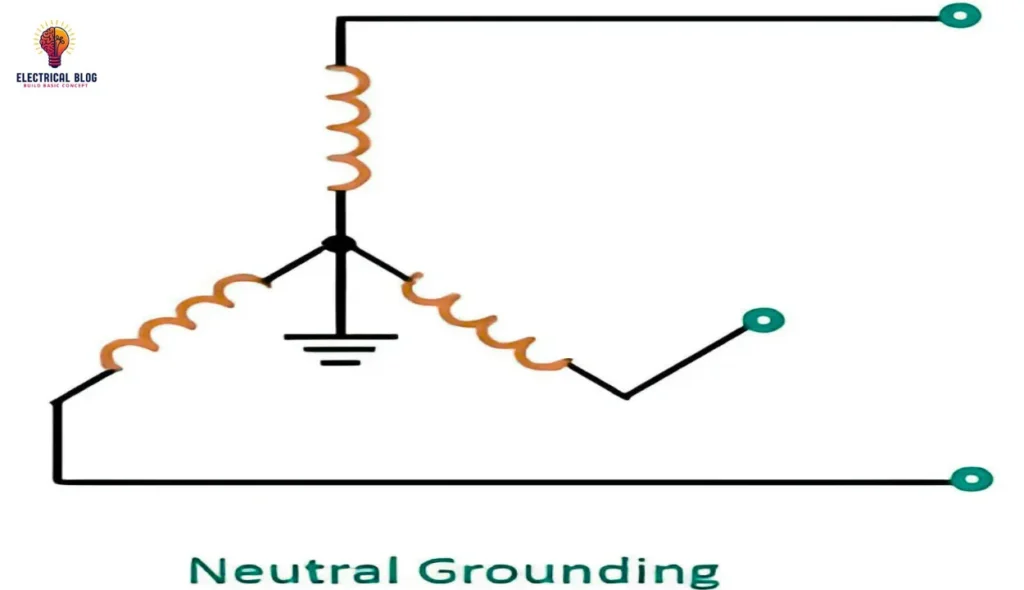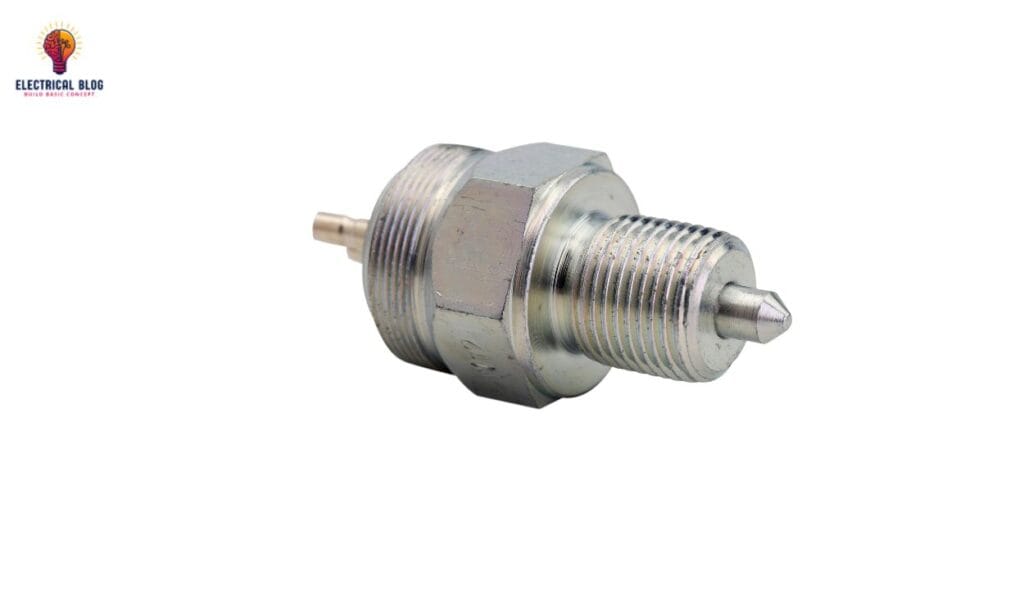Understanding Neutral Grounding
From my experience, neutral grounding is an important aspect of power system design, where the neutral point of a transformer or rotating machine is connected directly to the ground. Whether operated as a grounded or ungrounded neutral, this significantly influences system performance, especially affecting stability, protection, and handling of short circuits. In practical scenarios, a properly grounded strategy ensures reliable operation of three-phase equipment and reduces risks associated with fault conditions. There are two types of neutral grounding.
Ungrounded Neutral System
Grounded System
Ungrounded Neutral System
In practical work with electrical systems, I’ve encountered the ungrounded neutral approach, commonly called a free neutral system, where the neutral point remains isolated and is not connected to the ground. Unlike a grounded setup, this system reduces immediate fault current but demands careful monitoring since faults can remain unnoticed, leading to tricky troubleshooting scenarios. You can also read fault current limiter.
Grounded Systems
In my field experience, a grounded electrical system has its neutral directly connected to the ground, unlike an ungrounded one. This setup ensures line-to-ground voltages remain stable and limited, significantly enhancing overall reliability by preventing many common problems.
Surge voltage from arcing grounds is effectively eliminated.
The risk of high voltages from lightning strikes is safely discharged.
Enhanced safety for both personnel and critical equipment.
Improved the quality and consistency of electrical services.
Better handling of faults across all phases in high-voltage systems.

Method of Neutral Grounding
Resistance grounding
Reactance grounding
Peterson coil grounding
What is Solid Grounding?
In my experience, solidly grounded refers to a grounding method where the neutral point of a generator, power transformer, or grounding transformer is directly connected to the ground using a conductor with almost negligible resistance. This ensures the system is effectively grounded, meaning the positive-sequence impedance exceeds or equals the zero-sequence resistance, and the positive-sequence reactance is at least three times greater than the zero-sequence reactance, making fault handling efficient.
What is resistance grounding?
In my practical experience, resistance grounding is a method where the neutral point of a system is connected to ground through a carefully chosen resistance. Unlike a completely ungrounded or fully solidly grounded setup, this technique helps keep the fault currents limited, improving overall system reliability and safety.
The primary advantage is that it significantly decreases the risk of transient overvoltages and effectively controls the dangerous arcing grounding risk. Typically, the value of resistance is neither too high nor too low, usually allowing about 5% to 20% of the ground fault current you would see in a direct three-phase line fault.
Moreover, resistance grounding not only ensures sufficient ground current flow but also permits the reliable operation of the grounding fault protection system. From field experience, I have observed that it consistently protects electrical equipment by stabilizing voltage levels during faults.
What is reactance grounding?
Having worked extensively with grounding methods, I’ve observed that in a reactance-grounded system, a reactance is intentionally inserted between the neutral point and ground. This helps limit the fault current, keeping it at a desirable level—typically 25% or more of the three-phase fault current—to minimize transient overvoltages. Unlike resistance-grounded systems, this method allows considerably higher ground fault current flow than the usual minimum current approach.
What is Peterson coil grounding?
In my field work, I’ve frequently used the Peterson Coil, a specially designed iron-core reactor that is provided with adjustable tapping, enabling it to be carefully adjusted to match the capacitance of the system. The coil’s reactance is strategically selected so that the current flowing through the reactor is equal to the small line charging current during a line-to-ground fault. This matching action limits fault current flow, effectively neutralizing dangerous voltage spikes and stabilizing the system.
Conclusion
Neutral grounding is essential for maintaining system stability, protection, and reliability in electrical networks. Various grounding methods, such as solid grounding, resistance grounding, reactance grounding, and Peterson Coil grounding, are used to limit fault currents, minimize transient overvoltages, and ensure safe operation. Each method has its own advantages, from reducing arcing grounding risks to controlling line-to-ground faults. Choosing the right grounding system depends on the capacitance, current flow, and the specific needs of the power system. Proper grounding ensures equipment safety, personnel protection, and uninterrupted service in high-voltage systems.



